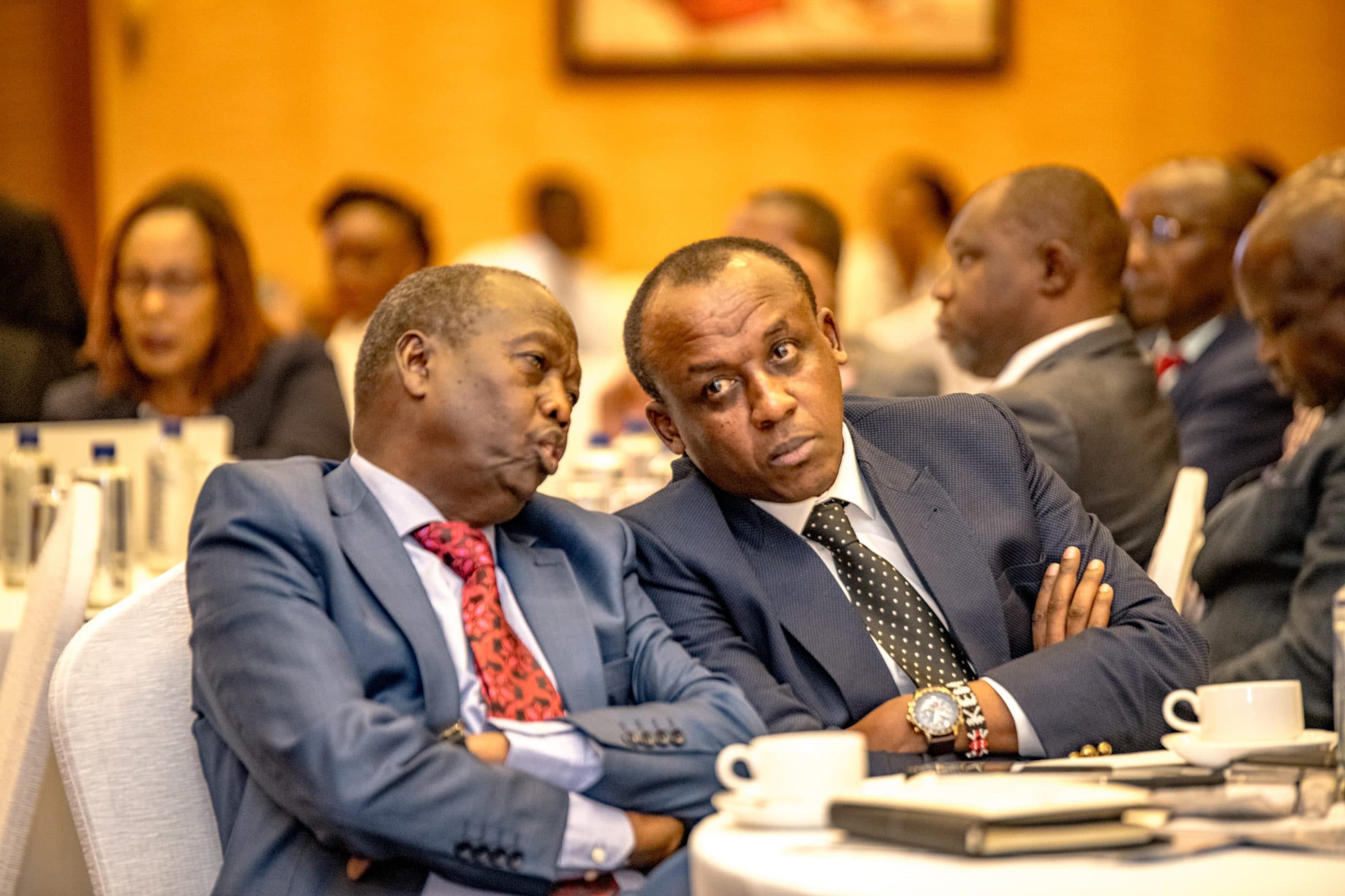We're loading the full news article for you. This includes the article content, images, author information, and related articles.
Major funding withdrawals by international partners are threatening decades of progress against HIV/AIDS, forcing Kenya to accelerate its shift towards domestic financing and placing new burdens on over a million patients.

Kenya's acclaimed battle against HIV/AIDS is facing its most significant challenge in years, as drastic funding cuts from key international donors, particularly the United States, jeopardize the provision of life-saving services for an estimated 1.3 million people living with the virus. The abrupt withdrawal of substantial financial support, which has historically accounted for approximately 80% of the nation's HIV commodity funding, has triggered widespread concern among patients, healthcare providers, and civil society organizations, threatening to reverse hard-won gains.
The funding crisis stems from a major shift in United States foreign aid policy, which led to the suspension of support through the President's Emergency Plan for AIDS Relief (PEPFAR) and the U.S. Agency for International Development (USAID). For the 2024/2025 fiscal year, this created a funding gap estimated at KSh 31 billion, with an urgent requirement of KSh 13.54 billion to sustain essential services, including the procurement of medical commodities and the retention of frontline healthcare workers.
The impact on patients has been immediate and tangible. Across the country, people living with HIV have reported that their multi-month prescriptions for antiretroviral (ARV) drugs have been reduced to a one-month supply, forcing more frequent and costly visits to healthcare facilities. Furthermore, critical services that were previously free are now attracting fees. Viral load tests, essential for monitoring treatment effectiveness, are reportedly costing patients up to KSh 3,000 in some facilities. This has created a significant barrier to care for many, particularly those in low-income brackets.
Civil society networks, such as the National Empowerment Network of People Living with HIV/AIDS in Kenya (NEPHAK), have organized protests, demanding the inclusion of comprehensive HIV services, including laboratory tests, into the new Social Health Authority (SHA) package to cushion patients from these new costs.
Despite the palpable anxiety, the Kenyan government, through the Ministry of Health and the National Syndemic Diseases Control Council (NSDCC), has repeatedly assured the public of adequate ARV stockpiles. In March 2025, Health Cabinet Secretary Dr. Deborah Barasa stated that Kenya had sufficient TLD drug stocks to last 4.7 months, with further orders expected to extend this to over 11 months. Director General for Health, Dr. Patrick Amoth, also affirmed the government's commitment to ensuring uninterrupted services across more than 3,800 facilities providing antiretroviral therapy.
These assurances come against a backdrop of concerning national statistics for 2025 released by the NSDCC. The country recorded 20,105 new HIV infections, with women disproportionately affected, accounting for 13,236 of these cases. An estimated 1,326,419 people are living with HIV in Kenya. Tragically, AIDS-related deaths were estimated at 21,009 for the year. Nairobi County registered the highest number of both new infections (3,045) and AIDS-related deaths (1,267).
The crisis has accelerated Kenya's transition towards sustainable domestic financing for its HIV response. The government is banking on the new Social Health Authority (SHA) to fill the void left by donors. Health officials have stated that HIV care is included in the SHA benefits package, which will cover tests and drugs for related non-communicable diseases that many ageing people with HIV now face. However, the implementation has caused confusion, with some facilities making SHA registration mandatory to access previously free HIV services.
The national budget reflects this transition, but also the scale of the challenge. The Treasury's budget for the 2025/2026 fiscal year saw a reduction of KSh 11.4 billion for HIV, TB, and malaria programs, from KSh 28.7 billion to KSh 17.3 billion, raising further questions about the government's capacity to cover the significant donor shortfall.
While grappling with the funding shock, Kenya is also looking towards new prevention technologies. The Ministry of Health has announced plans to roll out Lenacapavir, a twice-yearly injectable for HIV prevention, by 2026, which could be a game-changer in reducing new infections. This initiative is part of a broader international partnership involving PEPFAR and the Global Fund to make the drug accessible in low- and middle-income countries.
The situation in Kenya is not unique. Across sub-Saharan Africa, countries heavily reliant on external aid are scrambling to sustain their HIV programs. The funding cuts have disrupted services, paused prevention programs, and impacted health information systems across the region, according to a UNAIDS report from April 2025. This regional crisis underscores the urgent need for countries like Kenya to build resilient, self-sustaining health systems to safeguard the lives of their citizens and protect decades of progress against the epidemic.
Keep the conversation in one place—threads here stay linked to the story and in the forums.
Other hot threads
E-sports and Gaming Community in Kenya
Active 7 months ago
Popular Recreational Activities Across Counties
Active 7 months ago
The Role of Technology in Modern Agriculture (AgriTech)
Active 7 months ago
Investing in Youth Sports Development Programs
Active 7 months ago